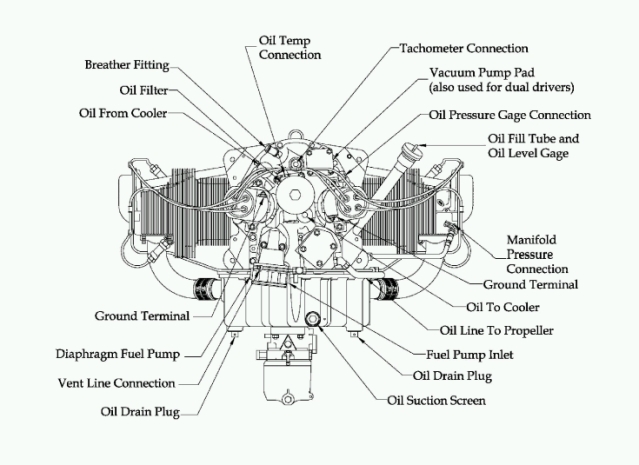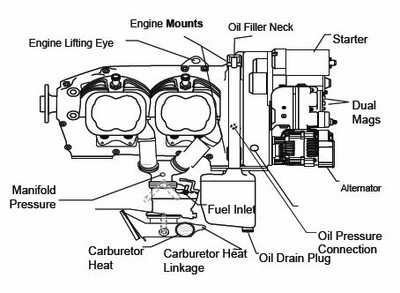James331
Ejection Handle Pulled
- Joined
- Apr 18, 2014
- Messages
- 20,309
- Display Name
Display name:
James331
One should be able to tell the difference between dust and moisture in flight.
What’s dust have to do with flying in saturated air?
Take another look at what you said and what I said.



